Illinois’ market has a great reputation among solar companies because of all its incentives, but an “absolute nightmare to work in,” found a report by the Environment Illinois Research & Education Center and the Illinois PIRG Education Fund.
In the United States, 22% of all projects that apply for permits get cancelled, the report said, most commonly due to permitting delays. In Illinois, it’s 31%. Though the report used data from 2024 for Illinois and 2022 data for the United States, the state’s reputation speaks for itself. One company reportedly said, “there are national players who ‘won’t even enter the Illinois market'” because of the “massive amount of work” it takes to be able to do so.
Permitting red tape is not unique to Illinois — at least six states have introduced bills to reform solar permitting this year alone.
Unlike most other states, Illinois does not adopt national structural, electrical, fire and other relevant safety-related codes and apply them statewide. “This is the single, biggest overall problem solar installers have to deal with in Illinois,” the report said. With no uniform, statewide codes in place, each community is free to adhere to a different version of these codes.
For example, Illinois does not have statewide adoption of the National Electrical Code (NEC). As stipulated in the NEC, most of the country uses flexible electrical conduit, but many jurisdictions around Chicago require hard conduit, which is more difficult, generally more expensive and requires more specialist knowledge to install, the report said. Some communities take it further, the report added, “in ways that are not even appropriate to the system being installed.”
Installers often feel there is no good reason for these amendments, the report said. “They don’t make the system any safer,” one installer said. “Plenty of cities and states just use the national codes and it’s fine, but in Illinois, each community is different.”
This creates delays the permitting process further, the report said, which in turn means extra costs that may in turn be passed on to their customers.
Installers also reported basic inefficiencies in the application review processes. In some cases, any request for corrections can set the entire review process back to square one, the report said. In Joliet, Peoria and Gurnee, for example, the installers said that rather than reviewing the entire application and then requesting all necessary corrections in one go, the reviewers request a correction each time they find something that needs to be corrected, and then start their whole review from the beginning after the installer has resubmitted the amended application.
These corrections, one installer said, are just “tiny edits,” but nonetheless “require a response letter, updated plan set and new engineer seals on the edited plans.” Most of the time, the little changes do not change the design or installation in any way, the report said, but reviewers require the installers do a revised plan set regardless. “They just delay the permit approval and add cost to installations,” they said.
The report calls for the statewide adoption of instant permitting, such as SolarAPP+, a tool that generates instant automated permits. The free web-based platform was developed for the purpose of lowering the costs and timeframe associated with solar permitting and is said to cut about 12 days off the permitting process. Developed by the National Renewable Energy Laboratory, the automated permit processing platform is free for jurisdictions to adopt, and funds may be available to help cover the technical expenses of switching to a new system.
If Illinois were to adopt instant permitting, it could save families $4,100 on the cost of going solar and spur an additional 292,000–303,000 home solar installations by 2040, according to a report from the Greenhouse Institute and Brown University Climate Solutions Laboratory.
Earlier this year, Sen. Bill Cunningham (D) and Rep. Marcus Evans (D) proposed legislation to require local governments in Illinois to adopt SolarAPP+. According to NREL’s most recent annual SolarAPP+ report, 167 jurisdictions had either fully adopted (97) or were piloting (70) the platform through the end of 2023.
This content is protected by copyright and may not be reused. If you want to cooperate with us and would like to reuse some of our content, please contact: editors@pv-magazine.com.

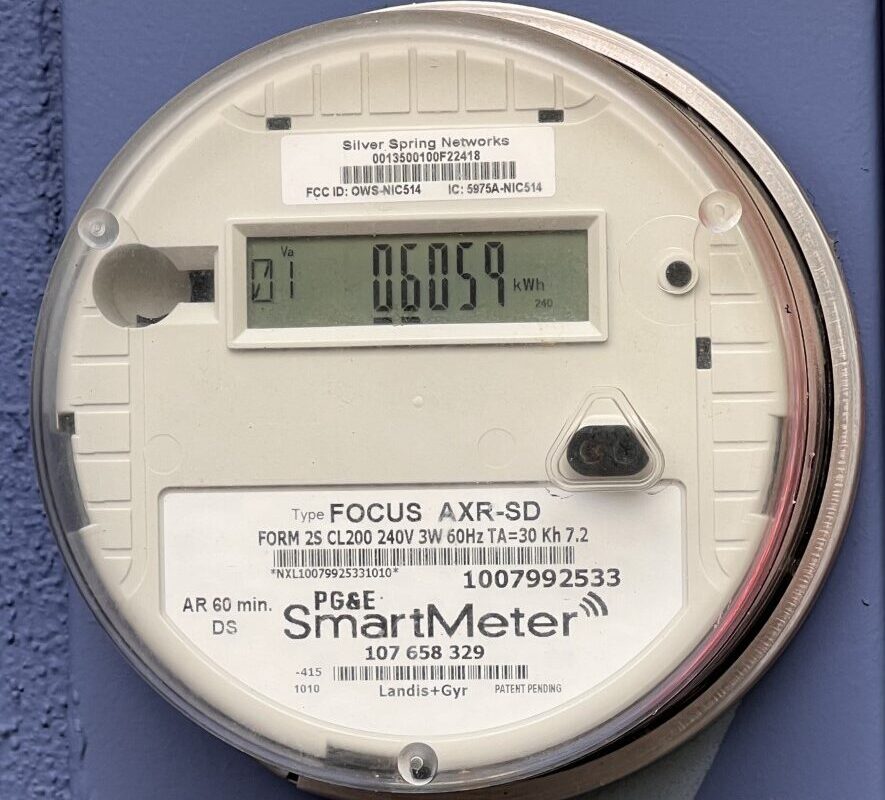


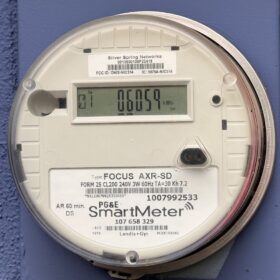
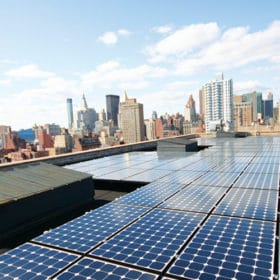
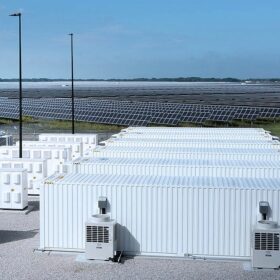

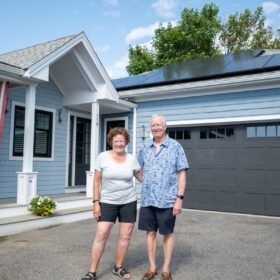
By submitting this form you agree to pv magazine using your data for the purposes of publishing your comment.
Your personal data will only be disclosed or otherwise transmitted to third parties for the purposes of spam filtering or if this is necessary for technical maintenance of the website. Any other transfer to third parties will not take place unless this is justified on the basis of applicable data protection regulations or if pv magazine is legally obliged to do so.
You may revoke this consent at any time with effect for the future, in which case your personal data will be deleted immediately. Otherwise, your data will be deleted if pv magazine has processed your request or the purpose of data storage is fulfilled.
Further information on data privacy can be found in our Data Protection Policy.